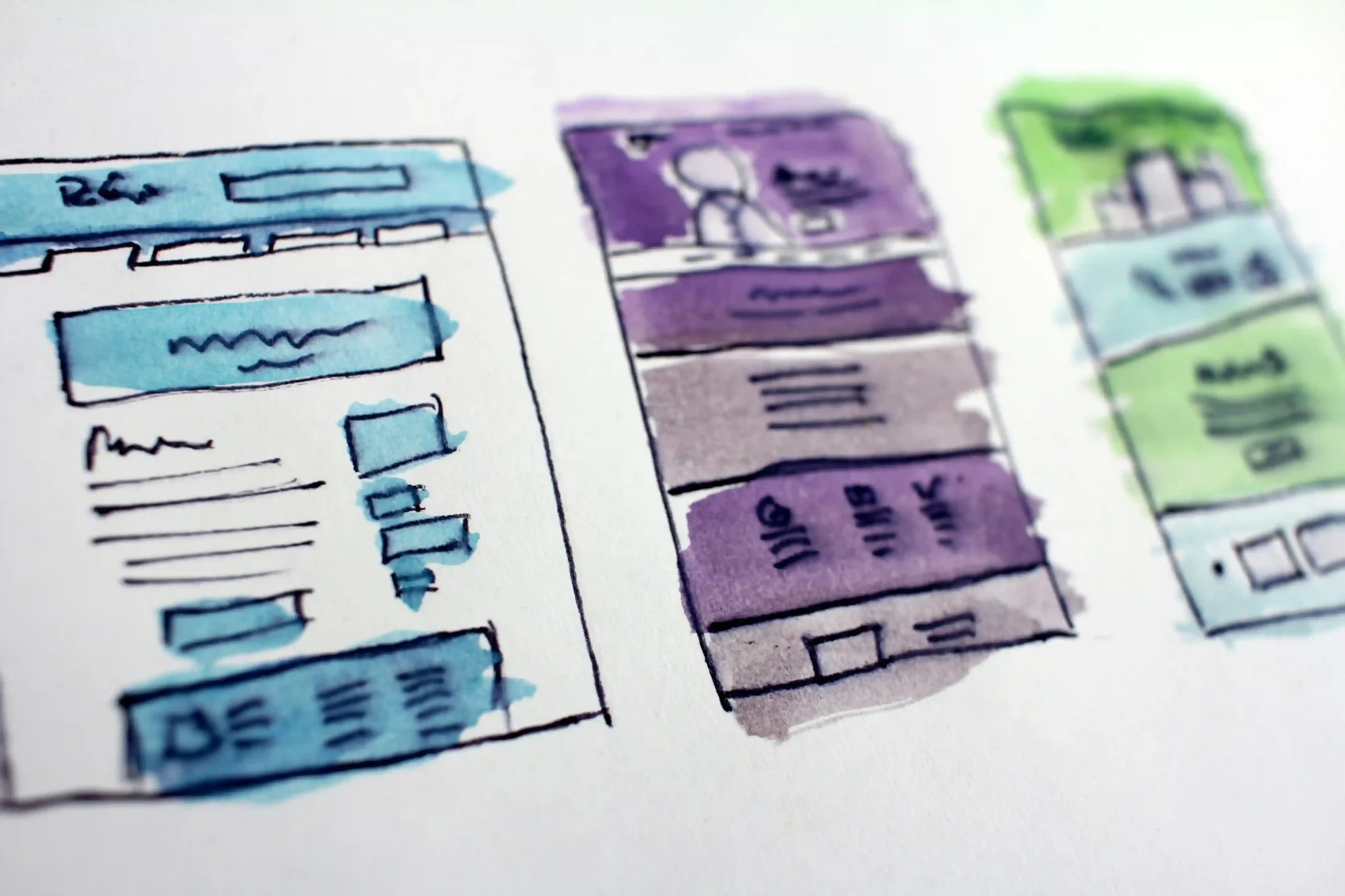What is Web Page Design
ghifari
June 12, 2024
4 min read

Web page design is a crucial aspect of establishing a strong online presence. In today’s digital age, where the first interaction customers have with businesses often occurs online, the design of your website can make or break your success. This article delves into the fundamentals of web page design, its importance, and how you can create a user-friendly, aesthetically pleasing website that ranks well in search engines.
Understanding Web Page Design
Web page design encompasses the planning and creation of websites. This includes the layout, color scheme, graphics, fonts, and content. It is a multidisciplinary task that involves knowledge of graphic design, user experience (UX) design, and web development.
The Importance of Web Page Design
- First Impressions Matter: Your website is often the first point of contact for potential customers. A well-designed website can create a lasting positive impression, while a poorly designed one can drive visitors away.
- Improves Usability: Good design makes it easy for users to navigate your site and find the information they need. This enhances user satisfaction and can lead to higher conversion rates.
- Boosts SEO: Search engines favor websites that provide a good user experience. Properly structured websites with intuitive navigation and fast loading times rank higher in search results.
Key Elements of Effective Web Page Design
- Layout: The structure of your web pages should be logical and consistent. Use grids and columns to organize content and ensure that important elements stand out.
- Color Scheme: Choose a color palette that reflects your brand and is visually appealing. Avoid using too many colors, which can be distracting.
- Typography: Select fonts that are easy to read and use them consistently across your site. Pay attention to font size, spacing, and contrast to enhance readability.
- Graphics and Images: Use high-quality images and graphics to make your site visually engaging. Ensure that these elements are optimized for fast loading times.
- Navigation: Design intuitive navigation menus that help users find what they are looking for quickly. A well-structured menu reduces bounce rates and improves user experience.
- Mobile Responsiveness: With the increasing use of mobile devices, your website must be responsive. This means it should automatically adjust to fit different screen sizes and provide a seamless user experience across all devices.
- Loading Speed: A slow-loading website frustrates users and can lead to high bounce rates. Optimize images, leverage browser caching, and minimize HTTP requests to improve loading times.
Best Practices for SEO-Friendly Web Page Design
- Use Semantic HTML: Proper use of HTML tags helps search engines understand the structure and content of your site. Use header tags (H1, H2, H3) appropriately to organize content.
- Optimize Images: Compress images to reduce file size without sacrificing quality. Use descriptive file names and alt text to help search engines index your images.
- Create Quality Content: Content is king in SEO. Provide valuable, relevant content that addresses the needs and interests of your audience. Use keywords naturally and avoid keyword stuffing.
- Internal Linking: Use internal links to connect related pages within your site. This helps search engines crawl your site more effectively and improves user navigation.
- Fast Load Times: As mentioned, site speed is critical. Use tools like Google PageSpeed Insights to identify and fix issues that slow down your site.
- Mobile-Friendly Design: Ensure your site is mobile-friendly, as Google uses mobile-first indexing. A responsive design improves your chances of ranking higher in mobile search results.
- Secure Your Site: Use HTTPS to secure your site. Google considers site security as a ranking factor, and users are more likely to trust a secure site.
Conclusion
Web page design is an essential component of a successful online strategy. By focusing on aesthetics, usability, and SEO best practices, you can create a website that not only looks great but also performs well in search engine rankings. Invest time and resources into designing your website, and you will reap the benefits of increased traffic, better user engagement, and higher conversion rates.
For more tips and guidance on web page design, stay tuned to our blog or contact our team of experts. Your journey to a stellar online presence starts with a well-designed website.
Related Article
What is a Web Designer Responsible For?
In the digital age, a web designer plays a crucial... In the digital age, a web designer plays a crucial role in creating and maintaining the face of the internet....
Web Design for Business: A Comprehensive Guide
In the modern digital age, a well-designed website is crucial... In the modern digital age, a well-designed website is crucial for any business aiming to succeed. A website not only...
How to Choose a Web Design Company: A Comprehensive Guide
Choosing the right web design company can be a daunting... Choosing the right web design company can be a daunting task, especially with the plethora of options available today. Your...


